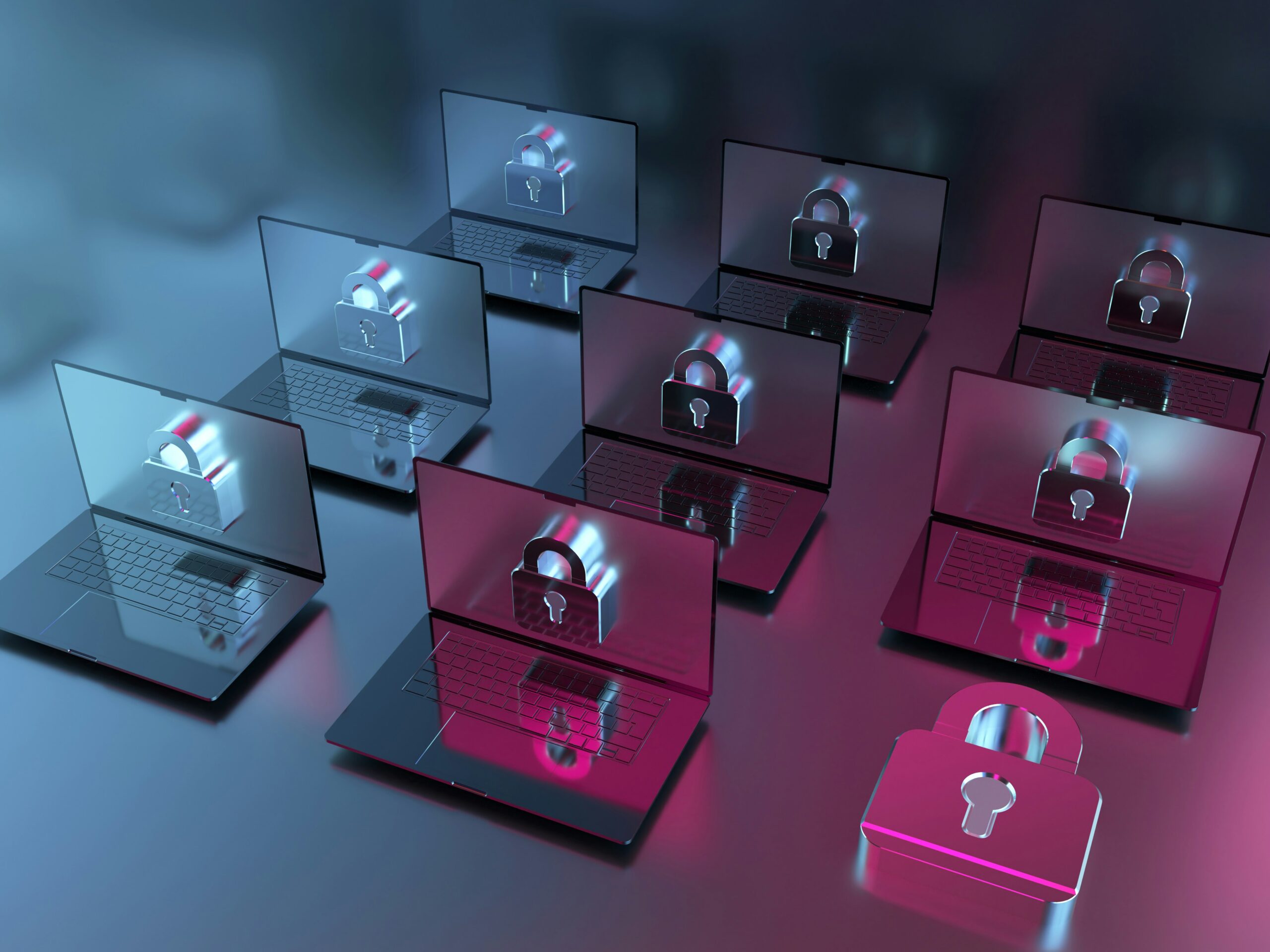Creating a Strong Cybersecurity Culture That Works in Your Organization

In today’s digital landscape, cybersecurity is no longer just an IT concern—it’s a critical element of every organization’s overall culture. Threats continue to evolve, and cybercriminals now target not only systems but also people. While advanced technologies play a key role in defending against attacks, the human factor often determines the strength or weakness of your defenses. Therefore, building a cybersecurity culture that truly works requires consistent awareness, active participation, and shared responsibility across all levels of your organization. It’s not simply about enforcing policies or installing firewalls; it’s about shaping mindsets, attitudes, and daily habits that prioritize security.
Understanding the Importance of Cybersecurity Culture
A strong cybersecurity culture goes beyond technical defenses—it creates an environment where everyone understands their role in protecting sensitive information. When employees internalize cybersecurity as part of their daily work routine, the organization becomes more resilient against breaches and social engineering attempts. Moreover, a healthy security culture fosters trust and accountability, ensuring that individuals act responsibly even when no one is watching. This mindset transforms cybersecurity from a compliance checkbox into a continuous commitment.
Organizations that neglect cultural development often find themselves reacting to incidents rather than preventing them. Employees who lack awareness can inadvertently expose systems through simple mistakes, such as clicking on phishing emails or mishandling confidential data. However, when cybersecurity values are integrated into everyday operations, these errors decrease dramatically. Over time, employees begin to recognize potential threats instinctively, which significantly enhances the organization’s overall defense posture.
Leadership’s Role in Shaping Cybersecurity Behavior
Leaders play a defining role in cultivating a cybersecurity-conscious workforce. Their actions and communication set the tone for how seriously the organization treats security matters. When executives demonstrate commitment by following best practices themselves, employees are more likely to follow suit. Leadership visibility reinforces the idea that cybersecurity is not optional—it is part of the organizational DNA. By aligning cybersecurity with strategic goals, leaders can make it an integral component of business success rather than a technical afterthought.
To maintain credibility, leaders must not only enforce rules but also foster open dialogue about security challenges. Employees should feel comfortable reporting suspicious activities or mistakes without fear of punishment. This kind of transparency promotes continuous learning and improvement. When leadership invests in employee development and provides accessible resources, they empower their teams to take ownership of cybersecurity outcomes, thereby strengthening the culture.
Training and Continuous Education
Training is the cornerstone of any thriving cybersecurity culture. However, traditional one-time training sessions often fail to produce lasting behavioral change. Instead, organizations should adopt continuous learning strategies that evolve as emerging threats emerge. Engaging, scenario-based training allows employees to experience real-world examples of cyber risks, helping them understand the consequences of poor decisions. When employees connect these lessons to their own work, they become active participants in the organization’s defense.
Regularly updated training also keeps staff informed about the latest attack trends and prevention methods. Because cyber threats evolve rapidly, knowledge must evolve too. Organizations that prioritize ongoing education demonstrate that they value their employees’ growth as much as their digital safety. This investment not only strengthens technical understanding but also reinforces the importance of vigilance in a fast-changing digital world.
Encouraging Accountability and Recognition
A culture of accountability ensures that cybersecurity becomes everyone’s responsibility. Employees must understand that their actions, no matter how small, can have significant implications for the entire organization. Encouraging accountability does not create fear; instead, it promotes ownership and pride in maintaining a secure environment. When individuals feel personally responsible for protecting information, they are less likely to cut corners or ignore suspicious activity.
Recognition also plays a vital role in reinforcing positive cybersecurity behavior. Acknowledging employees who demonstrate strong security practices can inspire others to follow suit. Whether through public praise, small rewards, or internal announcements, recognition programs highlight that security-minded behavior is valued and appreciated. Over time, this positive reinforcement strengthens engagement and motivates employees to maintain high standards.
Fostering Collaboration Across Departments
Cybersecurity culture thrives when departments work together instead of in isolation. While IT teams handle technical aspects, other departments—from HR to marketing—deal with sensitive data daily. When all departments share information and collaborate on security initiatives, the organization’s defense becomes more cohesive and effective. Cross-departmental communication helps identify vulnerabilities early and prevents siloed approaches that leave gaps in protection.
Collaboration also encourages innovation. Different teams bring diverse perspectives, which can lead to creative solutions to complex security challenges. For example, combining IT expertise with human resources insights can enhance insider threat detection programs. Similarly, involving marketing in awareness campaigns ensures that cybersecurity messages are engaging and widely understood. Such unity transforms cybersecurity from a specialized task into a shared organizational mission.
Measuring and Sustaining Progress
Establishing a cybersecurity culture is an ongoing journey, not a one-time project. Organizations must continuously measure their progress to ensure that efforts are practical. Regular assessments, employee feedback, and incident tracking can reveal strengths and weaknesses in the current approach. These insights allow leaders to make data-driven improvements and adapt their strategies to changing conditions.
Sustaining progress requires commitment from every level of the organization. As technology advances, new threats will emerge, demanding constant vigilance. Maintaining a culture of security means embracing adaptability, learning from mistakes, and celebrating successes. When cybersecurity becomes ingrained in organizational values, it ceases to be a separate function—it becomes part of who the organization is and how it operates.
Additional Information
- Blog
- data-driven improvements, human factor, training sessions
- Jim Feldkamp